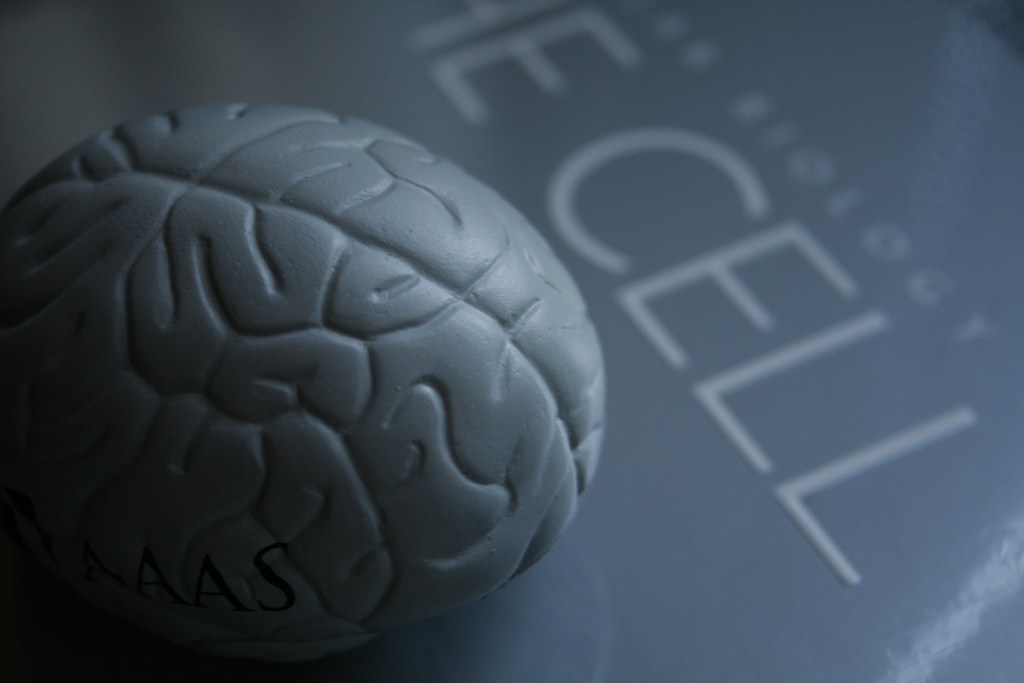
Researchers from the MRC Centre for Developmental Neurobiology (MRC CDN) at the Institute of Psychiatry, Psychology & Neuroscience (IoPPN), King's College London, have discovered a new molecular 'switch' that controls the properties of neurons in response to changes in the activity of their neural network. The findings, published in Science, suggest that the 'hardware' in our brain is tuneable and could have implications that go far beyond basic neuroscience - from informing education policy to developing new therapies for neurological disorders such as epilepsy. Computers are often used as a metaphor for the brain, with logic boards and microprocessors representing neural circuits and neurons, respectively. While this analogy has served neuroscience well in the past, it is far from correct, according to the researchers from King's. They suggest that the brain is a highly dynamic, self-organising system, in which internal and external influences continuously shape information processing 'hardware' by mechanisms not yet understood, and in a way not achieved by computers. Researchers from the MRC CDN, led by Professor Oscar Marín, have shed light on this problem by discovering that some neurons in the cerebral cortex can adapt their properties in response to changes in network activity - such as those observed during learning of a motor task. The authors studied two apparently different classes of fast-spiking interneurons, only to discover that they were actually looking at the same piece of 'hardware' which had the ability to oscillate between two different ground states. The authors also identified the molecular factor responsible for tuning the properties of these cells, a transcription factor – a protein able to influence gene expression – known as Er81. Fast-spiking interneurons are part of a general class of neurons whose primary role is regulating the activity of the principal cells of the cerebral cortex, known as pyramidal cells. The cerebral cortex is outer layer of the brain and is associated with cognition, language and memory. 'Our findings explain the underlying mechanisms behind the dynamic regulation of the identity of interneurons', said Nathalie Dehorter of the MRC CDN and first author of the study. 'The results of this study support the notion that activity plays a prominent role in the specification of neuronal properties, which adapt in response to internal and external influences to encode information. In other words, that our 'hardware' is tuneable, at least to some extent.' Understanding the dynamic mechanisms that lead to the emergence of brain functions through the development and continuous remodelling of neural circuits, and the constraints that disease and ageing impose to this multi-modal plasticity has important implications that go beyond fundamental neuroscience, from education policies to brain repair. Professor Oscar Marín, last author from the MRC CDN, says, "Our study demonstrates the tremendous plasticity of the brain, and how this relates to fundamental processes such as learning. Understanding the mechanisms that regulate this plasticity, and why it tends to dissipate when we age, has enormous implications that go beyond fundamental neuroscience, from informing education policies to developing new therapies for neurological disorders such as epilepsy." This work was supported by grants from the Spanish Ministry of Science and Innovation, the European Research Council and the Wellcome Trust to Oscar Marín. Nathalie Dehorter was supported by an EMBO postdoctoral fellowship. Source: Article Source: flickr.com
